The making of the original God of War: “It was a huge job. I gained 40 pounds, I did irrevocable damage to my marriage”
How Ico, Flash Gordon and Ed Norton created the first God of War way back in 2005
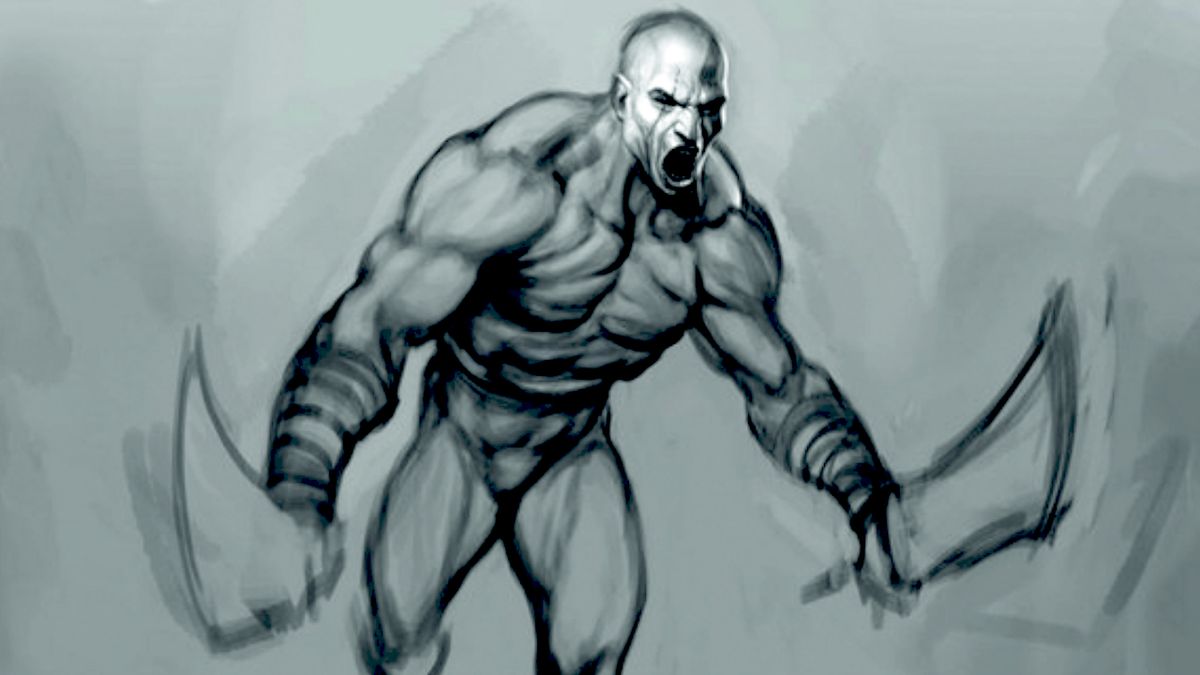
God of War has a long history as a flagship PlayStation game. A big budget experience with consistantly high review scores and even bigger set pieces - something the latest instalment, enjoying universal acclaim and a 95 metacritic score, has maintained. But to get to the latest PS4 game involves a weird mix of luck, favours, Japanese game envy, Flash Gordon and Ed Norton.
God of War started life as a game called Dark Odyssey in 2002, and only because Sony Santa Monica owed director David Jaffe a favour: he could make his own game in return for helping another development team out. At the time Jaffe was in demand having just released Twisted Metal Black. Another Sony racer, called Kinetica, needed a little extra help to get it finished and Jaffe was asked to step in. “I’d been promised after Black, ‘we’ll let you do an internal title, but can you help these guys out?’ So I jumped on in the last six months,” Jaffe told Official PlayStation Magazine in 2010.
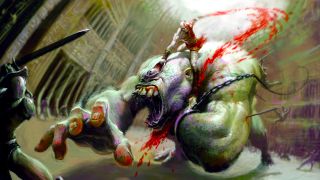
What Jaffe refers to as “a contract job” united the people that would go on to shape the series. Joining Jaffe was lead environmental artist Ken Feldman (later art director for the series) Ken Feldman, lead programmer Tim Moss and environmental artist Stig Asmussen, who would later go on to direct GoW 3. Cory Barlog, the director of GoW 2 and the current game, only came on board after the original lead animator didn’t work out. “We’d got a great lead animator at the start who’d worked on the Lord Of The Rings films. A quarter of the way through, we both realised he wasn’t right,” Jaffe explained to Edge in 2009. “He was a phenomenal film animator, but the kind of animators we were looking for were guys who worked on fighting games, who understood animation but also understood the dance between that and combat.”
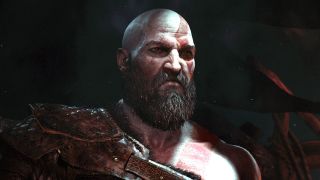
God of War guide: everything you need to know to conquer Midgard
That led to the hiring of Barlog as a new lead animator, who brought with him that crucial fighting game experience having worked on the Street Fighter flavoured X-Men Mutant Academy 1 and 2. In many ways Barlog is Kratos’ true dad, befitting this year’s father-themed reboot. While Jaffe is credited as the man who created the franchise, Barlog went on to direct the second game as well as write it (with David Jaffe, then a creative director at Santa Monica Studio). He also wrote the PSP spin offs Ghost of Sparta and Chains of Olympus, and laid out the design and story for the third game. “Immediately after I finished God of War 2 I was already working on the story and design for the third game” he wrote in 2008, “I established the overarching story of how the trilogy ends, as well as the base of the game layout and design.” Speaking to OPM in 2010, God of War 3 director Stig Asmussen said “when Cory left, he had a road map about how the game was going to work. We could see the scope and the fact that the game takes place on Mount Olympus and it goes from bottom - Hades - all the way to the top.”
The starting point for everything was 'Onimusha but with Greek mythology’
But that freight train of sequels took time to get up to speed and the team were pulling together numerous sources. “Originally I had been playing Onimusha and I said, ‘Well, what if we did pretty much a similar game but instead of ancient Japanese mythology, what if we did it with Greek mythology?’” said Jaffe to OPM in 2009, while also mentioning a love of “action-adventure movies” and that “all through development, I listened to Queen, particularly the Flash Gordon soundtrack.”
That action game meets Greek myth mashup might seem obvious now, but there were some surprising steps and influences along the way to forming God of War’s final DNA. Early on the game was an FPS (something the series referenced in the third game’s final first person Zeus murder). “Not for very long, but originally!” said Jaffe of the idea, “I liked the idea of bringing more of an adventure element to the first-person genre, and then it quickly became clear that we should probably change.”
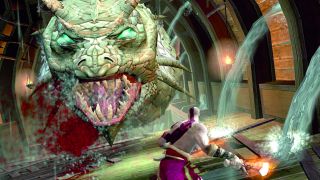
However, most of the sources the team where referencing were third person. “After we’d seen Ico and especially Devil May Cry, it was like ‘I think we can merge these’” said Jaffe (OPM 2009), “the visceral nature of DMC with the puzzles and exploratory aspects of Ico.” Something backed up by Ken Feldman, originally a lead environmental artist and later art director, who told OPM in 2010, “Ico had just come out, and Devil May Cry, and we [Feldman, Jaffe and Moss] were fans of those games and that kind of adventure – we wanted to take our studio in that direction.” American McGee’s Alice also helped solidify the initial idea: “I worked at EA while McGee was working on Alice and I loved the idea of taking something people know, putting a twist on it, and delivering it to a modern audience,” Feldman said to OPM in 2009.
Sign up to the 12DOVE Newsletter
Weekly digests, tales from the communities you love, and more
If the shape of the overall game took some time to solidify from its influences, then Kratos took even longer. “I think it took us a year and a half to come up with Kratos,” explained Feldman to OPM. “That was the most difficult thing,” he continues. “Everything has to be based around this character – the story, the weapons. The first guy we came up with was a little elf character, he was hysterical. His animations looked like Disney.”

There were other variations, like a blind monk with a baby, more traditional sword-wielding warriors, and an escaped slave. The latter having a more lasting impact as Kratos’ blades grew out of one idea where the slave-Kratos still had lengths of prison chains hanging from his arms.
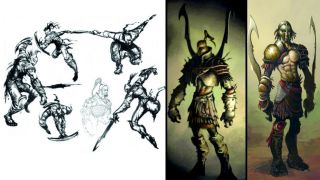
Jaffe’s main idea overall however was to create a “very visceral, brutal character” and there was another unusual inspiration there. “We kept going back to Ed Norton in American History X, saying, ‘that guy, he really represents the brutal nature I want.’” That honed the look and then, according to Jaffe, “we just stripped more and more of his armour off until he was just this guy in a loincloth.” The white skin, explained in-game as the ashes of his dead family, was simply the result of Jaffe liking a black and white illustration.

What colour there was, Kratos’ famous tattoo, was originally blue because red was seen initially as “too Rome” according to Jaffe, but was eventually chosen over blue which was seen as “less violent.”
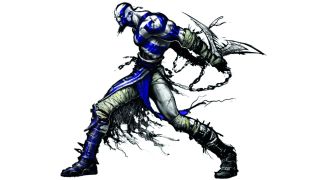
That just leaves the combat, something that God of War famously built in an attempt to counter the then supremacy of Japanese action games. Speaking at a recent preview event for this year’s game, director Cory Barlog spoke about his time working on the original combat animation: “we heard a famous director of a Japanese action game say Western developers can’t make good action games. Japanese developers just know how to do that, Western developers don’t know how to do that very well. And Eric Williams, the combat lead on God of War 1 and I both said, ‘challenge accepted. I think for the most part we carved our own niche on that.”
“It was a huge job. I gained 40 pounds on this game. I did irrevocable damage to my marriage. It was a stressful experience”
David Jaffe, God of War director 2005
Jaffe, speaking to Edge in 2005 stated that “I fully believe that Japan makes the best third person action games in the world. So we were always holding their games up as our goal, forcing ourselves to try and surpass the bar that companies like Konami and Capcom have set.” When God of War was in development there was a much clearer divide between Japanese and Western development styles. “Most combat games from America just don’t feel very good,” said Jaffe at the time. “I’m not sure if it’s a cultural thing, or a lack of game tuning time, but there are very few titles where it just feels good to swing your weapon around. Usually, it’s very clunky and the animation is very choppy. The hardest part was finding animators and combat designers who really understood the feel I wanted GOW to have. We had a hell of a time getting the right animation team in, but once we did, the combat portion of the game took off.”
One thing that should never be underestimated through all this is just how much work went into creating God of War (along with all video games) something highlighted by Barlog’s emotional reaction to the scores for the most recent instalment, and the admission at a preview event that “I hope to never make another five year project because it’s very exhausting.” Of the original, Jaffe said to Edge in 2009: “It was a huge job. I gained 40 pounds on this game. I did irrevocable damage to my marriage. It was a stressful experience, it was a hostile environment. Part of that is what led to GOW being as successful as it was but it was a real challenge.”
- The God of War ending explained
- How to get the God of War secret ending
- What Norse mythology (and the MCU) can tell us about a God of War sequel

I'm GamesRadar's Managing Editor for guides, which means I run GamesRadar's guides and tips content. I also write reviews, previews and features, largely about horror, action adventure, FPS and open world games. I previously worked on Kotaku, and the Official PlayStation Magazine and website.
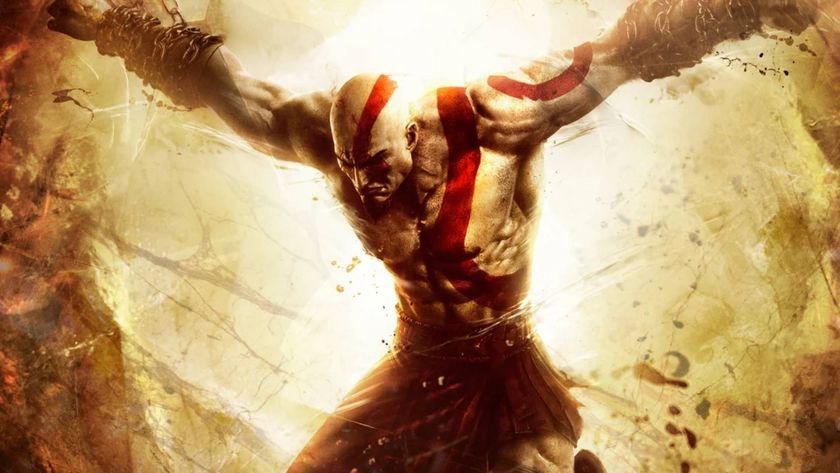
God of War: Ascension's online multiplayer is still kicking almost 12 years on, but its veterans will destroy you on sight: "Everyone who plays this right now is literally a God"
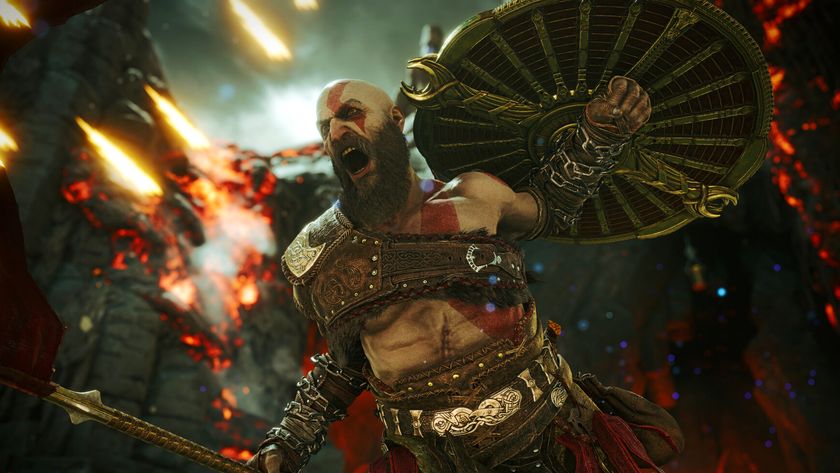
God of War actor Chris Judge says it's "absolutely not true" that he teased new content as "you can't tease something you know nothing about"
Most Popular





